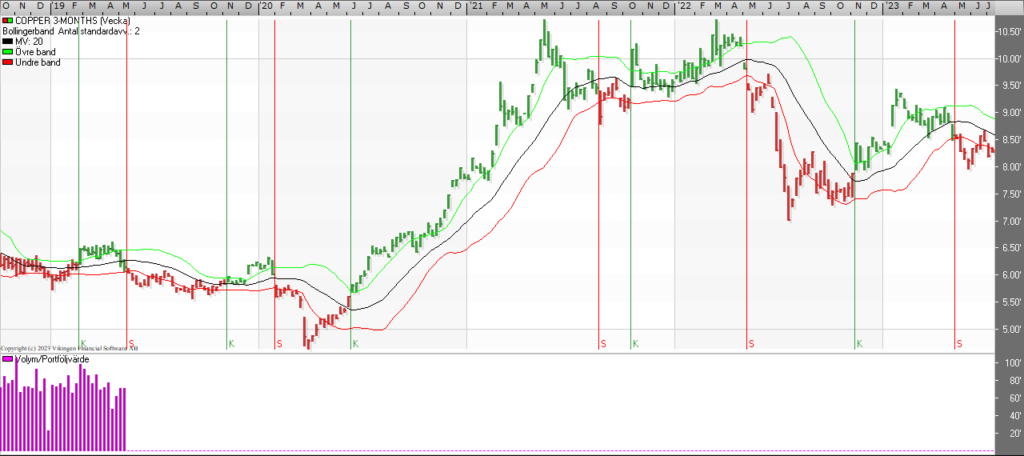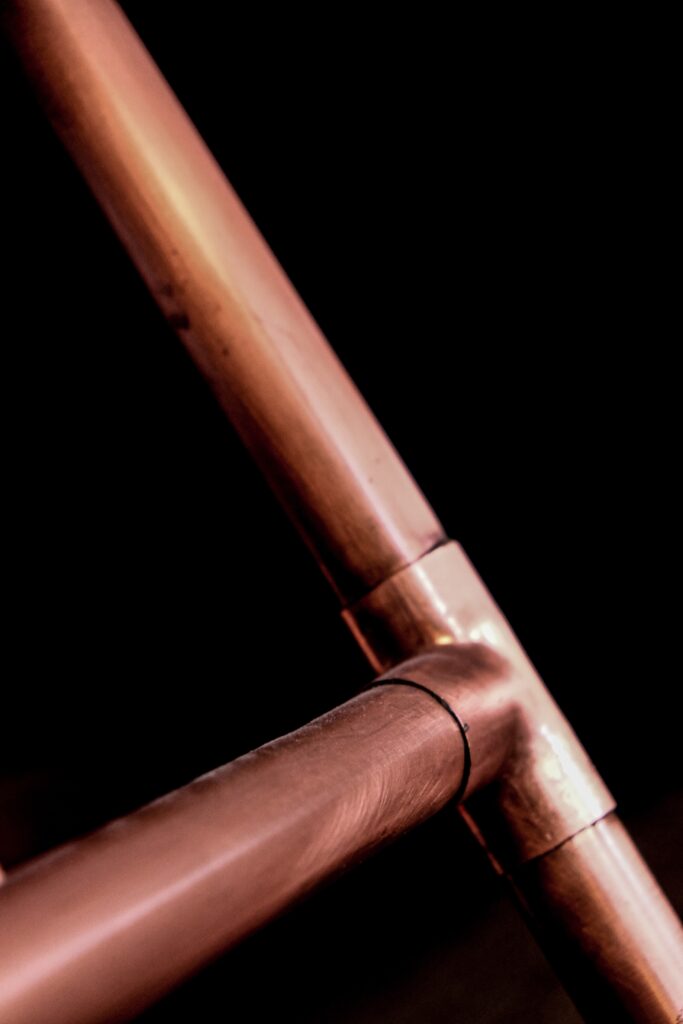Copper gets unexpectedly cheaper
At the end of June, Robert Friedland, CEO of the Canadian mining company Ivanhoe, warned that the world is at risk of a “train wreck” should a crisis in copper supply derail the energy transition. You see that copper is becoming unexpectedly cheaper. The metal is used in everything from wires to wind turbines. Green mandates in America, Asia and Europe will soon require many more of these. The price of copper, Friedland suggested, could be raised tenfold in response.
Right now, however, the train is not so much derailed as it is chugging along happily. After peaking at $10,700 per ton last March, copper prices on the London Metal Exchange have fallen by about 10 percent since January, to $8,300 per ton. Spot prices remain on a par with or higher than those for delivery in three months, suggesting that investors do not expect them to bounce back soon. What is happening?
Because of its uses, which include construction, electronics and weapons, copper prices indicate the health of the global economy, giving the metal the nickname “Dr. Copper”. Concerns about the economy may therefore make investors gloomy about copper’s future prospects. The post-covid boom in China, which consumes as much as 55% of global supply, is already fading. Growth is also slowing down in the West as rising interest rates have a negative impact.
Yet the story of the lack of demand does not fully explain the price drop. Despite the downturn in the country’s construction sector, China is using 5 percent more copper this year than last, possibly because the metal – used to form cladding, pipes and roofs – tends to track completed buildings, which have held up, rather than housing starts. A 7% increase in the production of chillers in anticipation of a warm summer also supports demand.
If copper markets are decidedly cool, it is also because supply has increased. During the winter, a series of disruptions – from protests in Peru to floods in Indonesia – disrupted global production. Now these problems are easing. As a result, smelters feel secure enough to charge higher fees to miners, indicating that there is no shortage of raw materials.
Financial investors avoid copper
When interest rates rise, they prefer to hold cash-generating assets rather than commodities, which pay no dividends. For much of this year, ‘non-commercial’ net positioning in copper futures markets has been in the red, meaning that more investors are betting that prices will fall than recover.
Yet today’s prices remain $2,500 per ton above production costs at the marginal mine, notes Robert Edwards of CRU, a consulting firm. This suggests that the recent correction has taken the froth out of the market, rather than pushed prices too low, suggesting that they may remain subdued for a while.
As the energy transition speeds up, it should give a boost to demand. Electric vehicle (EV) sales, already on the rise, are expected to increase significantly in the coming years, with each unit containing three to four times more copper than its gasoline-powered peer. Even in a scenario where the transition is slow, the International Energy Agency (IEA), an official forecaster, estimates that demand for copper from green uses, powered by the electricity boom and underwater cables for wind farms, will almost double by 2040.
Supply may struggle to keep up. The average age of the world’s ten largest mines is 64 years, forcing miners to dig deep for lower and lower grade ore, making each new ton of refined copper more expensive to produce. New mines are scarce. Assuming all certain and likely projects go ahead, McKinsey, a consulting firm, predicts that supply will reach 30 million tons by 2031, 7 million tons less than projected demand.
A severe crisis like the one imagined by Mr. Friedland could still be avoided. Most forecast models, including the IEA’s, expect copper demand outside of clean energy use to remain stable. Tom Price and Ben Davis of Liberum Capital, an investment bank, believe this is unlikely, as China’s long construction boom has probably come to an end. Expensive copper will also lead to replacement: some vehicles already use aluminum wiring. And McKinsey points out that new technologies – if they achieve their potential – could close much of the supply gap this decade. There is time to avoid a train wreck.
Copper price
 Source: Vikingen.se
Source: Vikingen.se
About the Viking
With Viking’s signals, you have a good chance of finding the winners and selling in time. There are many securities. With Viking’s autopilots, price data, tables and stock prices, you can sort out the most interesting ETFs, shares, options, warrants, funds, etc.
Click here to see what Vikingen offers: Detailed comparison – Stock market program for those who want to become even richer (vikingen.se)













